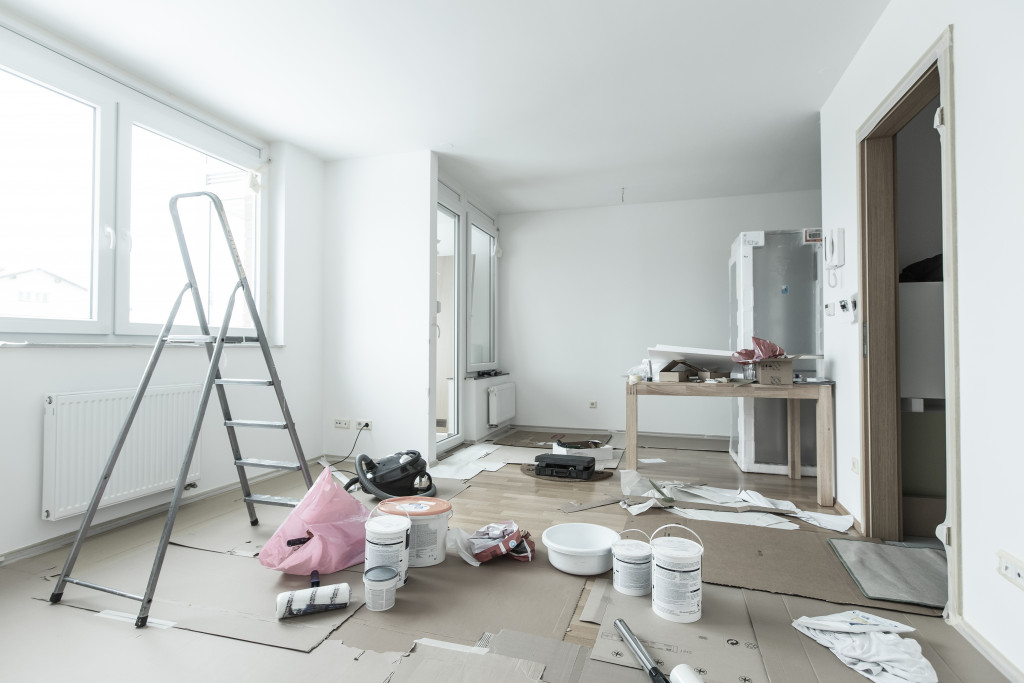With a beautiful home comes the need to keep it updated and renovated. Making improvements to your property may increase its value and make it more aesthetically pleasing and comfortable. But where do you start? This guide will take you through the process of planning and executing a home renovation from start to finish.
With these tips, you can create a space that’s both updated and personalized to your taste. So, whether you’re planning a total home makeover or just want to update a few features, read this complete guide to renovating your home.
Start with a Plan
The first step to any successful home renovation is planning. You’ll need to consider your budget, the scope of work, and what you hope to achieve with the renovation. It’s also important to factor in the timeline for the project. You don’t want to be left with an unfinished project or be forced to rush the work and end up with subpar results.
You should include different aspects of the renovation in your plan, such as:
- The budget
- The timeline
- The scope of work (e.g., which rooms will be renovated?)
- Your goals for the renovation (e.g., increasing the value of your home, making it more comfortable to live in, etc.)
Choose the Right Contractor
Once you have a plan in place, it’s time to start looking for a contractor. This is an important decision, as the right contractor can make or break your renovation project. When searching for a contractor, be sure to get multiple bids and references. It would be best if you also asked each contractor how they would handle any potential problems that may arise during the renovation process.
For example, before hiring an architecture contractor, be sure to read reviews and check their portfolio to get an idea of their work. You should also make an appointment to meet with them in person to discuss your project in detail. This will help you choose the best architecture firm for your specific project.
Get the Necessary Permits
Before any work can begin on your home renovation, you’ll need to get the necessary permits. The type of permit you need will depend on the scope of work for your project. For example, if you’re planning on making structural changes to your home, you’ll need to get a building permit. On the other hand, if you’re simply doing cosmetic work, such as painting or laying new flooring, you may only need a zoning permit.
Choose Your Materials
The next step in home renovation is to choose the right materials. There are a lot of different materials available on the market, so it’s important to do your research and find the ones that will work best for your home. If you’re not sure where to start, consult with a professional contractor or designer who can help you select the right materials for your project.
You should also consider the durability of the materials you choose. For example, if you’re renovating a bathroom, you’ll want to choose materials that are resistant to moisture and wear. Similarly, if you’re renovating a kitchen, you’ll want to select materials that can withstand high temperatures.
Create a Schedule
Once you have all the materials and permits you need, it’s time to create a schedule for your renovation. This will help ensure that the project stays on track and that all the workers are aware of what needs to be done. A schedule will also allow you to budget for the cost of labor and materials.
- You should create a schedule that includes:
- The start date and expected completion date of the renovation
- A list of all the tasks that need to be completed
- The order in which the tasks should be completed
Stay on Budget
One of the most important aspects of home renovation is staying on budget. There are a lot of ways to save money on a renovation, so be sure to do your research and compare prices. For example, you can often get discounts on materials if you purchase them in bulk. You can also save money by doing some work yourself.
If you’re working with a limited budget, it’s important to prioritize the tasks that are most important to you. For example, if you really want a new kitchen but can’t afford to do a complete gut renovation, you can focus on resurfacing the cabinets and replacing the hardware. Or, if you’re dying for a new bathroom but can’t swing a total redo, you can focus on updating fixtures and tile.
There you go! These are just a few tips to help you with your home renovation. With a little planning and patience, you can modernize your home without breaking the bank.


